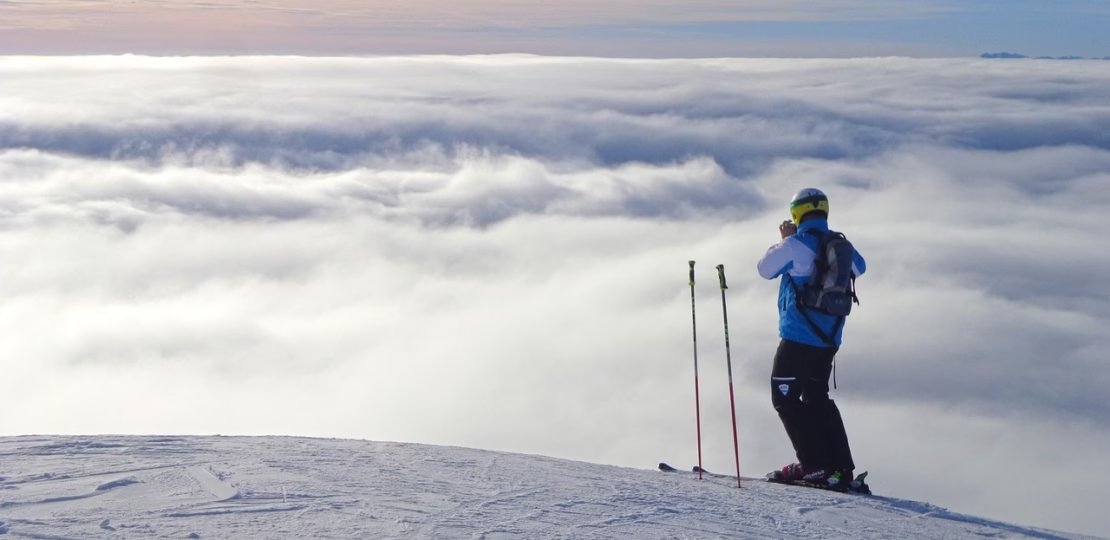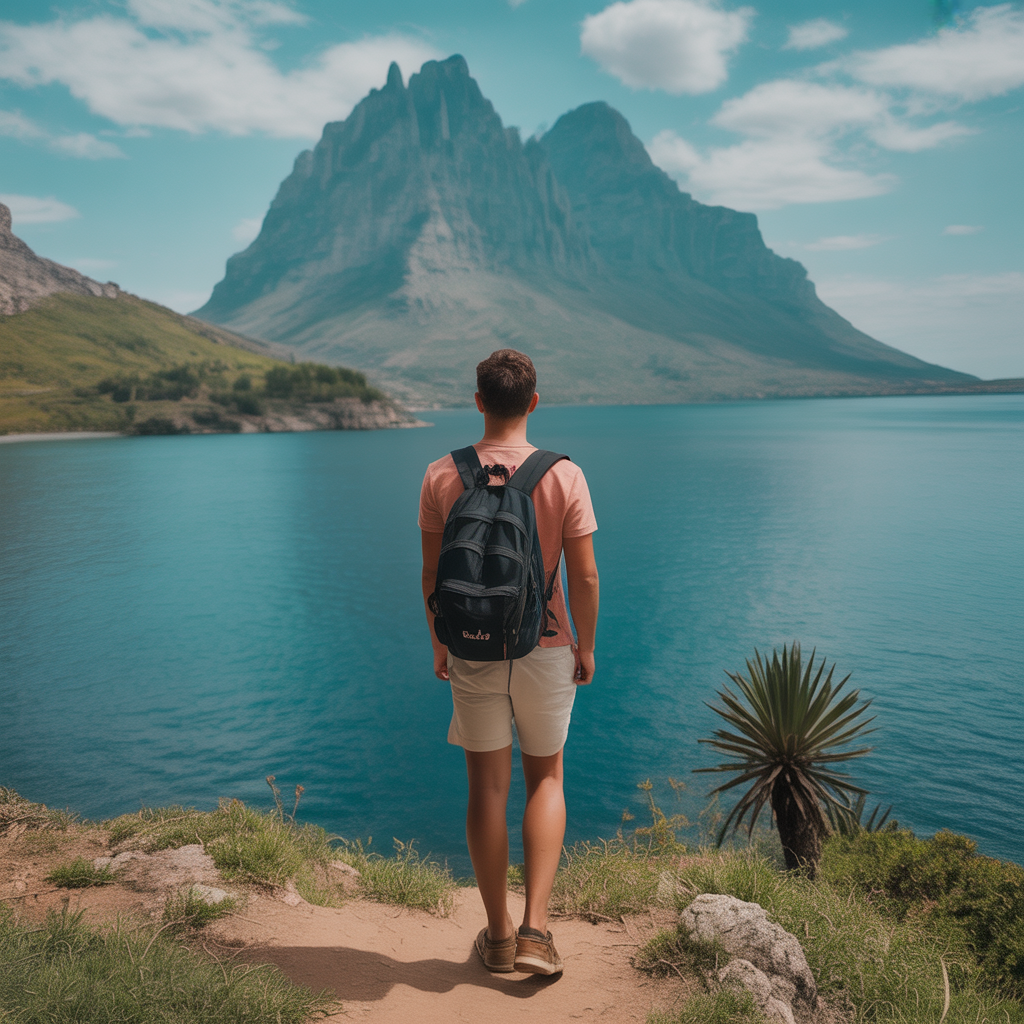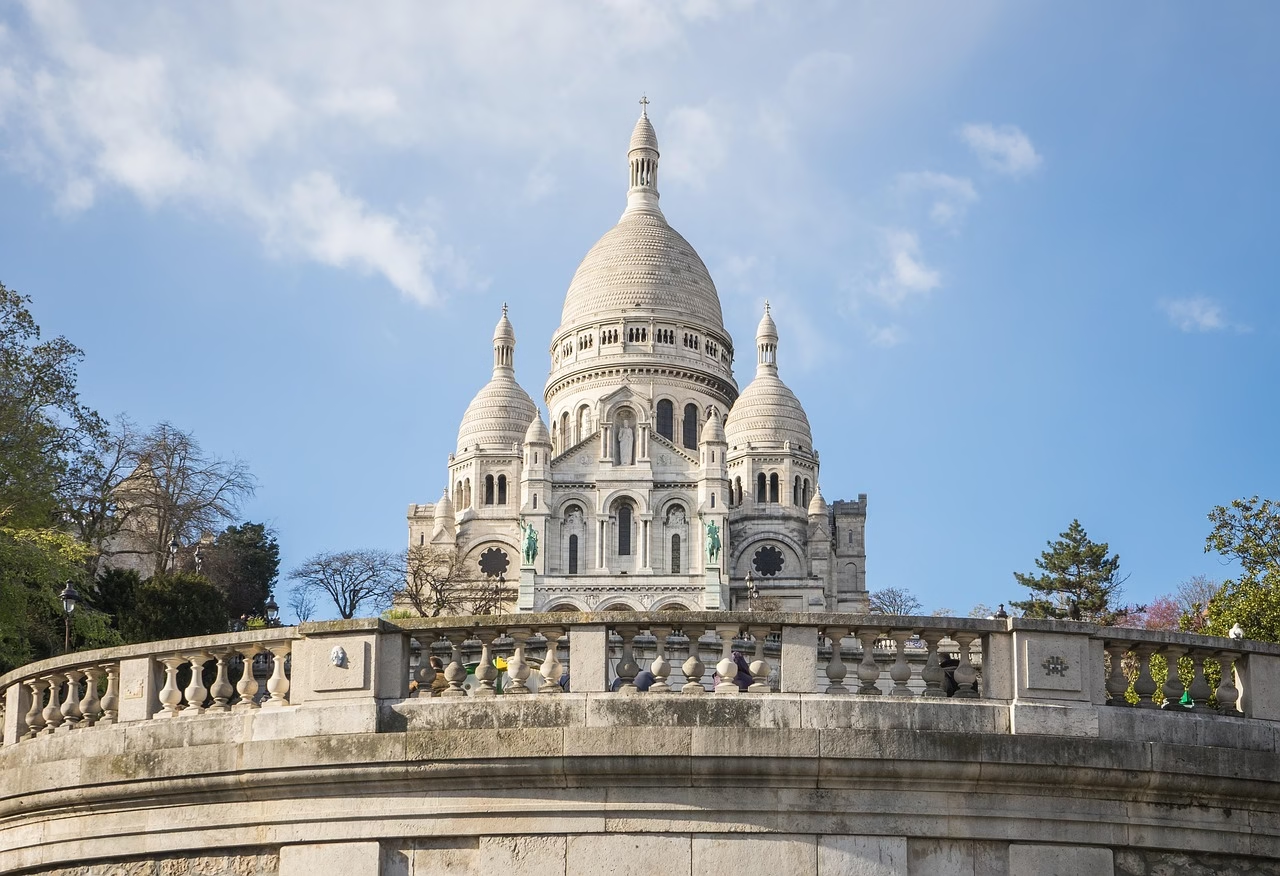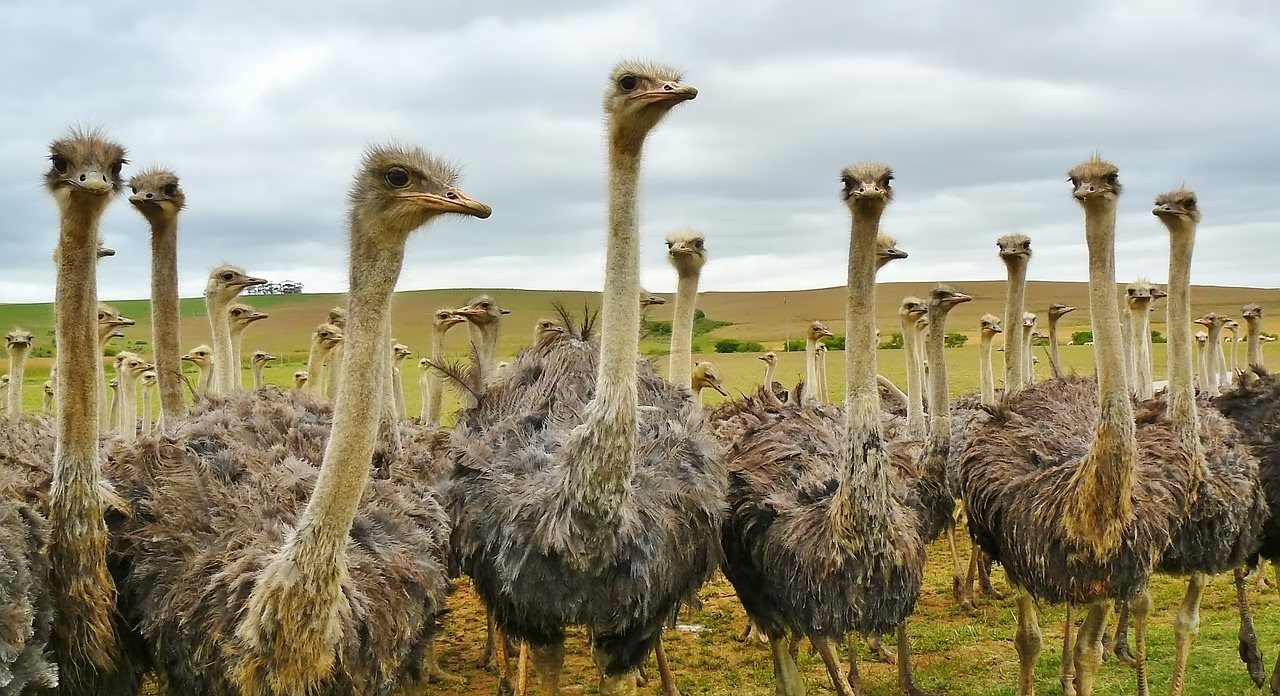I first tasted Slovenia on a misty May dawn, pacing the shore of Lake Bled while church bells carried across glass-still water. The alpine air tasted of pine and possibility. Back then, my laptop and I were on a three-week rail ramble. When the train pulled away, I left with a promise: one day I’ll come back for longer… if only the visa gods allow.
Years later, that open-ended dream has morphed into a tangible doorway. On 21 November 2025, Slovenia will launch its inaugural Digital Nomad Visa, handing remote workers a golden, twelve-month key to the country’s snow-dusted peaks, Adriatic sunsets, and café-lined cobblestones. For cultural wanderers like me—and, perhaps, you—this feels less like policy and more like destiny.
The Heartbeat Behind the Headlines
Visas rarely stir the soul, yet Slovenia’s announcement lit up online communities faster than a Slovenian beehive in spring bloom. Here’s why.
1. A Year-Long Canvas
Most Schengen visitors juggle 90-day quotas like acrobats. With the new permit, you can weave through all four seasons: ski Triglav’s flanks in January, cycle the Drava River trails in April’s wildflower hush, paddleboard across Ljubljana’s urban river in July, then toast new-harvest Rebula wines under October’s golden vineyards. Twelve months turns fleeting impressions into layered belonging.
2. No Offices, Only Origins
The rules echo the digital-nomad ethos: keep your income streams foreign, your curiosity local. Whether you’re a San Francisco UX designer or a Manila-based data whisperer, all Slovenia asks is proof of steady earnings (roughly twice the nation’s average salary—about €2,500 per month), comprehensive health insurance, and a clean record. In return, you get legal peace of mind and the freedom to answer emails while marmots chirp in the Julian Alps.
3. Wander Freely Across Schengen
Because Slovenia sits snug inside the Schengen family, your visa doubles as a European interrail pass: weekend brunch in Trieste, brainstorming in Graz, jazz night in Zagreb—no extra stamps required.
From Policy to Personal Myth-Making
Let’s zoom out from bullet points and imagine a day in your new Slovenian rhythm:
07:00 — A peach-pink sunrise brushes over the Ljubljanica River. You jog past Jože Plečnik’s iconic Triple Bridge, inhaling the aroma of farmhouse bread from the Central Market stalls.
09:30 — Slack notifications ping as you settle into Poligon, a co-working haven tucked inside Ljubljana’s cultural quarter. Outside, street murals bloom; inside, espressos and high-speed fiber keep creativity humming.
12:00 — Lunch break? Hop a 25-minute bus to Šmarna Gora. A brisk hike rewards you with panoramic valleys, hearty jota soup, and maybe a philosophical chat with a retiree who’s climbed this hill a thousand times.
16:00 — Deep-work sprint accomplished, you board a train north. Two hours later, Lake Bohinj mirrors the sky in sapphire silence. You answer one last email, close the lid, and dive into glacial waters cooler than your office AC ever dared.
Practical Magic—The Nuts & Bolts
- Application Gateways: File online via Slovenia’s e-Government portal, or apply in person at your nearest Slovenian embassy. Already in Europe on a tourist stamp? Apply at a local administrative unit inside Slovenia.
- Processing Time: 30–60 days. During that limbo, a temporary residence certificate lets you stay and sip teran wine legally.
- Family Friendly: Spouses and children may tag along (non-working permits for them), turning school runs into miniature geography lessons.
- Expiry & Return: After twelve months you must step out for six before reapplying—a built-in nudge to explore the wider world, then circle back wiser.
Why Slovenia Feels Different
I’ve lived the nomad chapter in Mexico, Portugal, and Georgia, but Slovenia stirs a rarer cocktail: equal parts alpine solemnity and Mediterranean lightness. The čebelar (beekeeper) who offered me chestnut honey near Maribor spoke perfect English, yet swore by folk songs older than the Habsburgs. In Piran, fishermen debate blockchain over malvasia wine. Tradition here isn’t museum glass; it’s living tissue, ready to braid itself with your modern workflow.
Affordability sweetens the pot: a central-Ljubljana studio rents for half a Berlin equivalent, cappuccinos hover around €2, and rail passes cost less than a monthly gym membership in London. And those gyms? The Soča River’s jade rapids, the Karst’s limestone caverns, the Vipava Valley’s paragliding thermals—they’re all free, if you dare.
The November Countdown
As autumn paints Slovenia in copper and crimson, embassies worldwide will clear shelf space for this new visa. I’ve already marked November 21st in emerald ink on my wall map. If you feel the tug, start assembling bank statements, tweak your health-insurance policy, and bookmark flights—Ljubljana’s dragon-guarded gates await.
Remote work gave us liberation; Slovenia now offers location with soul. And when winter snow whispers across the Alps, remember: every Zoom-call background can be a postcard come to life.





